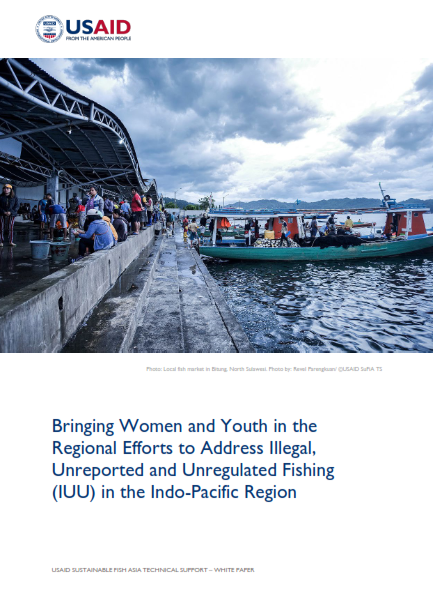Experts Warn: Major El Niño Event Expected This Year, Coral Triangle Particularly Vulnerable
A growing number of scientists are predicting a major El Niño weather event this year, which could wreak havoc across South America and Asia as droughts, floods and other extreme weather events hit industry and farming. But the impacts on the world’s coral reefs could be even more disastrous.
The last big El Niño in 1997-98 caused the worst coral bleaching in recorded history. In total, 16 per cent of the world’s coral was lost and some countries like the Maldives lost up to 90 per cent of their reef coverage. The Australian Bureau of Meteorology suggests there’s a 70 per cent chance of an El Niño occurring this year — and all the signs are that it will rival the ‘98 event.
El Niño arises out of a confluence of factors that are still not fully understood, but its outcome is clear — parts of the ocean get hotter. A band of warm water develops in the western Pacific, while the Indo-Pacific Warm Pool — a blob of heat that spans much of Indonesia — starts oscillating wildly. This could spell disaster for the Coral Triangle, a south east Asian bioregion that’s the underwater equivalent of the Amazon, home to more marine species than anywhere else on Earth.
“In 1998, the Coral Triangle started to bleach in May and continued till September,” says Professor Ove Hoeg Guldberg, a marine biologist and head of the Global Change Institute at the University of Queensland. “The Coral Triangle sees prolonged periods of temperature anomaly during an El Niño because the equator passes through the middle of it, so it experiences both northern and southern hemisphere summers.” Professor Guldberg, who led the Oceans chapter of the IPCC report on climate change, is less than sanguine about the prospects for the region’s coral reefs. “It only takes about half a degree on top of background sea temperatures to cause bleaching,” he explains. “Atmospheric scientists are telling us we’re headed for temperatures that will trump those of 1998.”
Source: El Niño Could Spell Disaster for Coral Reefs by Johnny Laggenheim in The Guardian, as published on climatecentral.org. To view source article, click here.



